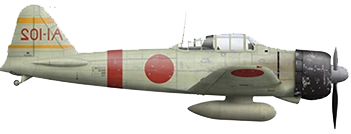
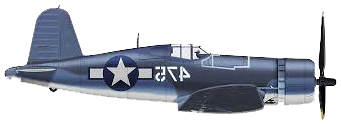
























































|
|
EVENTS LEADING UP TO
WAR RELOCATION AUTHORITY CENTERS
|
WAR IN THE PACIFIC
|

"It Was The Best Of Times, It Was The Worst Of Times" |

 |
1941 |
1942 |
1943 |
1944 |
1945 |
 |

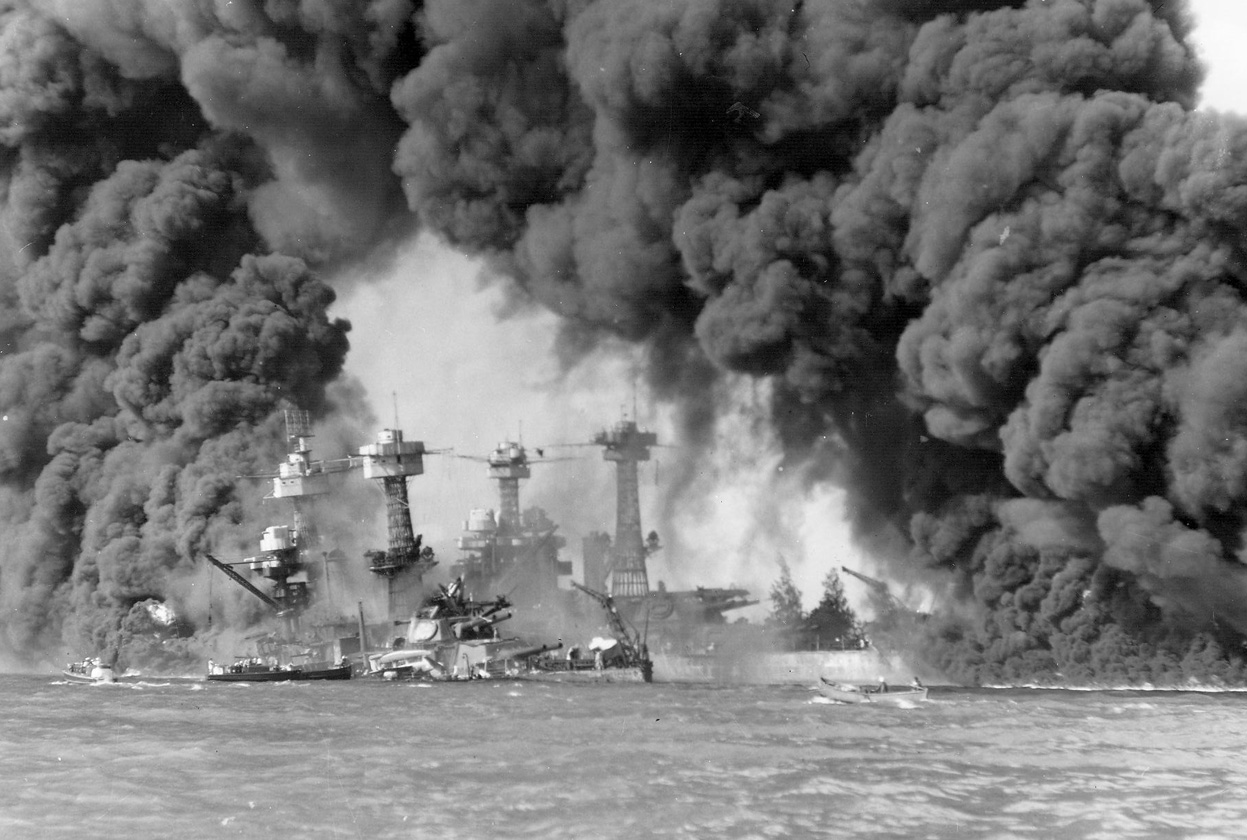

THE JAPANESE START

The Japanese Emperor System as a National Religion

Japanese Emperors

Imperial Rescript on the Declaration
of War
(Released by the Cabinet at 1100 hours on 8 December 1941)
We, by grace of heaven, Emperor of Japan, seated on the throne
of a line unbroken for ages eternal, enjoin upon ye, our loyal
and br ave subjects: ave subjects:
We hereby declare war on the United States of America and
the British Empire. The men and officers of our Army and Navy
shall do their utmost in prosecuting the war, our public servants
of various departments shall perform faithfully and diligently
their appointed tasks, and all other subjects of ours shall pursue
their respective duties; the entire nation with a united will
shall mobilize their total strength so that nothing will miscarry
in the attainment of our war aims.
To insure the stability of East Asia and to contribute to
world peace is the far-sighted policy which was formulated by
our great Illustrious Imperial Grandsire and Our Great Imperial
Sire succeeding him, and which we lay constantly to heart.
To cultivate friendship among nations and to enjoy prosperity
in common with all nations have always been the guiding principles
of our Empire's foreign policy. It has been truly unavoidable
and far from our wishes that our Empire has now been brought
to cross swords with the United States and Great Britain.
More than four years have passed since China, failing to comprehend
the true intentions of our Empire, and recklessly courting trouble,
disturbed the peace of East Asia and compelled our Empire to
take up arms. Although there has been reestablished the National
Government of China, with which Japan has effected neighborly
intercourse and cooperation, the regime which has survived at
Chungking, relying upon United States and British protection,
still continues its fratricidal opposition.
Eager for the realization of their inordinate ambition to
dominate the Orient, both the United States and Britain, giving
support to the Chungking regime, have aggravated the disturbances
in East Asia. Moreover, these two powers, inducing other countries
to follow suit, increased military preparations on all sides
of our Empire to challenge us. They have obstructed by every
means possible our peaceful commerce, and finally resorted to
a direct severance of economic relations, menacing gravely the
existence of our Empire.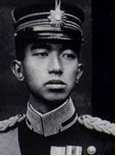
Patiently have we waited and long have we endured, in the
hope that our Government might retrieve the situation in peace,
but our adversaries, showing not the least spirit of conciliation,
have unduly delayed a settlement and, in the meantime, they have
intensified the economic and political pressure to compel thereby
our Empire to submission.
This trend of affairs would, if left unchecked, not only nullify
our Empire's efforts of many years for the sake of the stabilization
of East Asia, but also would endanger the very existence of our
nation. The situation being such as it is, our Empire for its
existence and self-defense has no other recourse but to appeal
to arms and to crush every obstacle in its path.
The hallowed spirits of our Imperial ancestors guarding us
from above, we rely upon the loyalty and courage of our subjects
in our confident expectation that the task bequeathed by our
forefathers will be carried forward, and that the sources of
evil will be speedily eradicated and an enduring peace immutably
established in East Asia, preserving thereby the glory of our
Empire.
Imperial sign - Manual and Seal
8 December 1941
| Prime Minister, Home Minister and War Minister |
Tojo Hideki |
| Education Minister |
Hashida Kunihiko |
| Minister of State |
Suzuki Teichi |
| Agriculture and Forestry Minister and Overseas Affairs Minister |
Ino Hiroya |
| Welfare Minister |
Koizumi Chikahiko |
| Justice Minister |
Iwamura Michiyo |
| Navy Minister |
Shimada Shigetaro |
| Foreign Minister |
Togo Shigenori |
| Communications Minister |
Terajima Ken |
| Finance Minister |
Kaya Okinori |
| Commerce and Industry Minister |
Kishi Nobusuke |
| Railways Minister |
Hatta Yoshiaki |
|

The United States Response
The
Order to Relocate Japanese American Citizens
EXECUTIVE
ORDER NO. 9066
FEBRUARY
19, 1942
Authorizing
the Secretary of War to Prescribe Military Areas
Whereas,
The successful prosecution of the war requires every possible
protection against espionage and against sabotage to national
defense material, national defense premises and national defense
utilities as defined in Section 4, Act of April 20, 1918, 40
Stat. 533 as amended by the Act of November 30, 1940, 54 Stat.
1220. and the Act of August 21, 1941. 55 Stat. 655 (U.S.C., Title
50, Sec. 104):
Now, therefore, by virtue of the authority vested in me as President
of the United States, and Commander in Chief of the Army and
Navy, I hereby authorized and direct the Secretary of War, and
the Military Commanders whom he may from time to time designate,
whenever he or any designated Commander deem such action necessary
or desirable to prescribe military areas in such places and of
such extent as he or the appropriate Military Commander may determine,
from which any or all persons may be excluded, and with respect
to which, the right of any person to enter, remain in, or leave
shall be subject to whatever restriction the Secretary of War
or the appropriate Military Commander may impose in his discretion.
The Secretary of War is hereby authorized to provide for residents
of any such area who are excluded therefrom. such transportation,
food, shelter, and other accommodations as may be necessary,
in the judgment of the Secretary of War or the said Military
Commander, and until other arrangements are made, to accomplish
the purpose of this order. The designation of military areas
in any region or locality shall supersede designation of prohibited
and restricted areas by the Attorney General under the Proclamation
of December 7 and 8.1941, and shall supersede the responsibility
and authority of the Attorney General under the said Proclamation
in respect of such prohibited and restricted areas.
I hereby further authorize and direct the Secretary of War and
the said Military Commanders to take such other steps as he or
the appropriate Military Commander may deem advisable to enforce
compliance with the restrictions applicable to each Military
area herein above authorized to be designated. including the
use of Federal troops and other Federal Agencies, with authority
to accept assistance of state and local agencies. I hereby further
authorize and direct all Executive Department. independent establishments
and other Federal Agencies. to assist the Secretary of War or
the said Military Commanders in carrying out this Executive Order,
including the furnishing of medical aid. hospitalization, food,
clothing, transportation, use of land, shelter, and other supplies,
equipment, utilities, facilities and service.
This order shall not be construed as modifying or limiting in
any way the authority granted under Executive Order 8972. dated
December 12.1941, nor shall it be construed as limiting or modifying
the duty and responsibility of the Federal Bureau of Investigation,
with response to the investigation of alleged acts of sabotage
or duty and responsibility of the Attorney General and the Department
of Justice under the Proclamation of December 7 and 8, 1941,
prescribing regulations for the conduct and control of alien
enemies, except as such duty and responsibility is superseded
by the designation of military areas thereunder.
Franklin D. Roosevelt
The White House, February 19, 1942.
|

Important People of WWII
The Players |
Emperor Hirohito
(1901 - 1989)
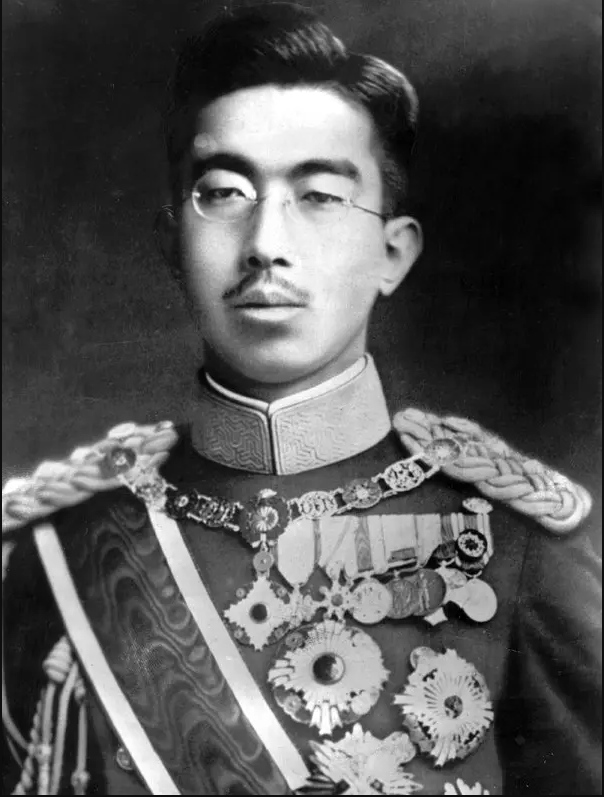
124th Emperor of Japan
"Imperial
Son of Heaven of Great Japan"

|
Franklin
Delano Roosevelt
(1882 - 1945)
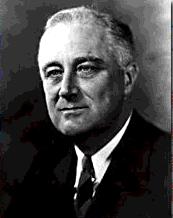
32 President of the U.S.
Commander/Chief
of U.S. Armed Forces
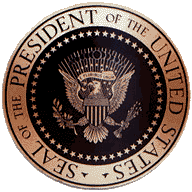
|
General
John L. Dewitt
(1880 - 1962)
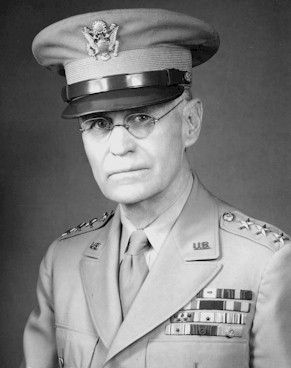
Western Defense Command
Quartermaster General
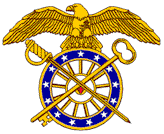
|
Conquer the Sovereign Countries of the Pacific and Indo China
|
Avenge Pearl Harbor and the Philippines
|
Remove
and demoralize Japanese Americans from the Western U.S.
|

Lieutenant General J. L. DeWitt Relocation Order
WESTERN DEFENSE COMMAND AND FOURTH
ARMY WARTIME CIVIL CONTROL
ADMINISTRATION
Presidio of San Francisco, California
April 1, 1942
INSTRUCTIONS
TO ALL PERSONS OF
JAPANESE ANCESTRY
Living in the Following Area:
All that portion of the City and County of San Francisco,
lying generally west of the of the north-south line established
by Junipero Serra Boulevard, Worchester Avenue, and Nineteenth
Avenue, and lying generally north of the east-west line established
by California Street, to the intersection of Market Street, and
thence on Market Street to San Francisco Bay.
All Japanese persons, both alien and non-alien, will
be evacuated from the above designated area by 12:00 o'clock
noon Tuesday, April 7, 1942.
No Japanese person will be permitted to enter or leave
the above described area after 8:00 a.m., Thursday, April 2,
1942, without obtaining special permission from the Provost Marshal
at the Civil Control Station located at:
1701 Van Ness Avenue, San Francisco, California
The Civil Control Station is equipped to assist the
Japanese population affected by this evacuation in the following
ways:
| 1. |
Give advise and instructions on the
evacuation. |
| 2. |
Provide services with respect to
the management, leasing, sale, storage or other disposition of
most kinds of property including real estate, business and professional
equipment, household goods, boats, automobiles, livestock, etc. |
| 3. |
Provide temporary residence elsewhere
for all Japanese in family groups. |
| 4. |
Transport persons and a limited amount
of clothing and equipment to their new residence as specified
below. |
The Following Instructions Must Be Observed:
1.
|
A responsible member of each family,
preferably the head of the family, or the person in whose name
most of the property is held, and each individual living alone
must report to the Civil Control Station to receive further instructions.
This must be done between 8:00 a.m. and 5:00 p.m., Thursday,
April 2, 1942, or between 8:00 a.m. and 5 p.m., Friday, April
3, 1942. |
2.
|
Evacuees must carry with them on
departure for the Reception Center, the following property:
a. Bedding and linens (no mattress) for each member of the family.
b. Toilet articles for each member of the family.
c. Extra clothing for each member of the family.
d. Sufficient knives, forks, spoons, plates, bowls and cups for
each member of the family.
e. Essential personal effects for each member of the family.
All items carried will be securely packaged, tied and plainly
marked with the name of the owner and numbered in accordance
with instructions received at the Civil Control Station.
The size and number of packages is limited to that which can
be carried by the individual or family group.
No contraband items as described in paragraph 6, Public Proclamation
No. 3, Headquarters Western Defense Command and Fourth Army,
dated March 24, 1942, will be carried. |
3.
|
The United States Government through
its agencies will provide for the storage at the sole risk of
the owner of the more substantial household items, such as iceboxes,
washing machines, pianos and other heavy furniture. Cooking utensils
and other small items will be accepted if crated, packed and
plainly marked with the name and address of the owner. Only one
name and address will be used by a given family. |
4.
|
Each family, and individual living
alone, will be furnished transportation to the Reception Center.
Private means of transportation will not be utilized. All instructions
pertaining to the movement will be obtained at the Civil Control
Station. |
Go to the Civil Control Station at 1701 Van Ness Avenue,
San Francisco, California, between 8:00 a.m. and 5:00 p.m.,
Thursday, April 2, 1942, or between 8:00 a.m. and 5:00 p.m.,
Friday, April 3, 1942, to receive further instructions.
J. L. DeWITT
Lieutenant General, U. S. Army
Commanding
|

"Internment
Sites Preservation"[pdf]
by Richard Simon


Japanese
War Relocation Authority Camps in the Western United States
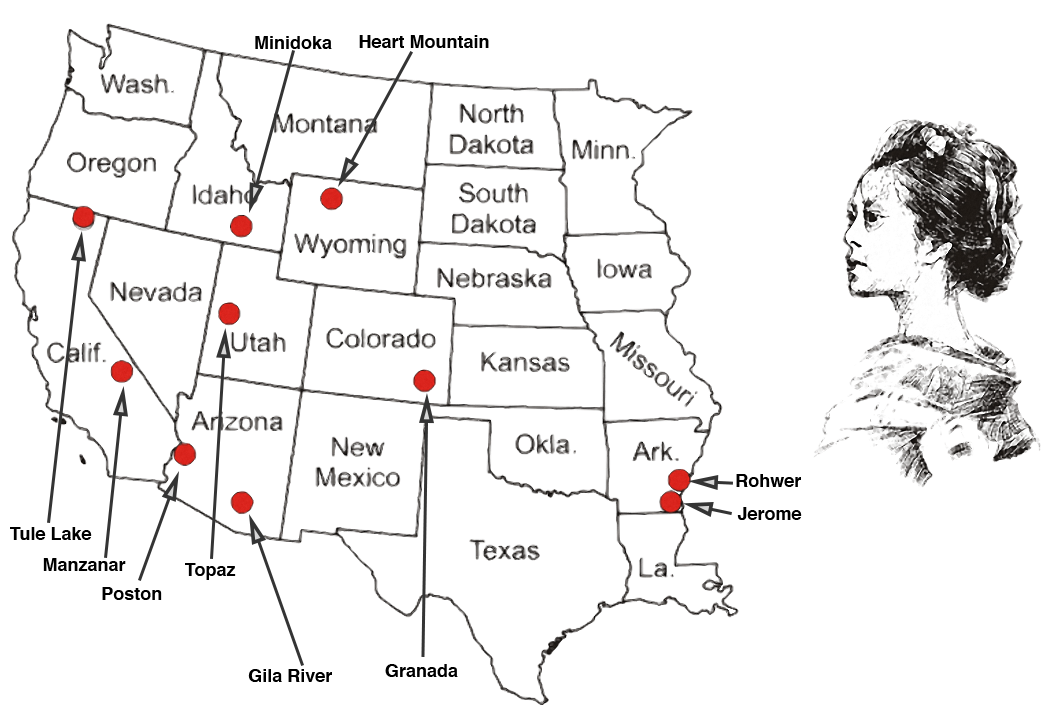
Western Defense Command Relocation Order

|
The
following people took part in the workshop featured in the Children
of the
Camps documentary:
Marion
Kanemoto was born in
Seattle, WA. She was interned at Minidonka,
Idaho. She was transported by ship to be exchanged for prisoners
of war in Japan
at the age of 14. She moved to Sacramento in 1970 where she worked
as a
school nurse for the Elk Grove School District. Retired in 1988,
she began her work
as a bilingual interviewer with the Florin Japanese American
Citizen League's Oral
History Project. She received redress in 1996 after initially
being denied due to her
status in the prisoner of war exchange program.
Toru
Saito was born in San
Francisco's Japantown. He was interned in Topaz,
Utah, at the age of 4. He is a retired mental health care worker.
He currently
performs with his musical group called the Shanghai Bar Band,
playing 30's and
40's music. He is married to Bessie Masuda and resides in Berkeley,
California.
Bessie
Masuda was born in Stockton,CA
and raised in Lodi. She was interned
in Crystal City, Texas, at the age of 12. She is currently an
artist working in San
Francisco, California, and is a mother and grandmother. She is
married to Toru
Saito and lives in Berkeley, California.
Howard
Ikemoto was born in
Sacramento, CA. He was interned in the Tule
Lake camp in California at the age of 2. He has 2 daughters,
Reiko and Amy, and
lives near Santa Cruz with his lifelong partner, Julie Connell.
Ruth
Okimoto was born in
Japan and arrived in southern California with her
family as Christian missionaries before the age of 1. She was
interned in Poston,
Arizona, at the age of 6. She recently earned her doctorate from
the California
School of Professional Psychology researching organizational
psychology.
Currently she is retired from corporate life and balancing her
independent contract
work with her art. Her drawings and paintings reflect the psychological
and political
impact of her camp. She lives with her husband in Berkeley, California.
Richard
Tatsuo Nagaoka was born
in the camp at Rowher, Arkansas. After
the war he grew up on the family farm near Lodi. Today he is
a self-employed
grape doctor in the Napa Valley. He also designs lamps and functional
art. His
pieces appear in the Sundance and the Smith and Hawkins catalog.
He has
appeared on occasional television commercials and industrial
print and video. He
has renewed his connection with four generations as he is a father,
a son and a
grandfather, as well as the partner of Angela Urata.
(Text from PBS website)
|

Manzanar War Relocation Authority Camps
Describing Manzanar and other American War Relocation Authority camps as "concentration camps"
conjures horrible images of the ovens of Dachau under the Nazis or the atrocities performed by the Japanese on civilians in China, Korea, the Philippines and elsewhere during WW2 (Atrocities which the allies, for some bizarre reason, fully absolved the Japanese of). As inappropriate as they were, the American
relocation camps never approached the horrifying conditions
of the German camps in Europe or the Japanese camps throughout the South Pacific. There were no gas chambers or medical
"experiments" at Manzanar or the other American camps.
There were no attempts to work prisoners to death.
In fact, the food and the medical care at Manzanar were better
than adequate, in large measure because the Nisei were
given the opportunity to provide for themselves.
There was one other difference separating the American War Authority Relocation
camps from the European and Japanese camps. In most instances, families were
kept together. The Nisei prized the institution of the
family. It may be this difference, more than all others that
allowed them to survive and prosper under very difficult circumstances. |
 MANZANAR RINGO-EN MANZANAR RINGO-EN |
"Originally,
Manzanar was only a dot on the map, a lonely crossroads in Inyo
County, California, near the rugged eastern Sierra. But in the
spring of 1942, in only six weeks, Manzanar became a full grown
city of more than ten thousand people.
It was an unusual city. There were armed guards on towers with
machine guns and searchlights, and barbed wire, and row upon
row of barracks. But it was an American city, populated by American
citizens, though only a handful of Manzanar's residents had come
here voluntarily. Manzanar, which means 'apple orchard,' was
named by the Spanish, who were the first to explore this valley,
in the eighteenth century. At one time it was a fertile place,
but in 1919 the farms of the area were bought up by the government.
The water they depended upon was diverted into the massive Los
Angeles Aqueduct to serve that growing city, and as a result,
the Owens valley degenerated into a man-made desert.
On March 21, 1942, the first Japanese Americans arrived at Manzanar."
Excerpt from "Manzanar" by John Armor and Peter
Wright, Photographs by Ansel Adams |
 Manzanar
photo courtesy of Rich McCutchan
Manzanar
photo courtesy of Rich McCutchan |
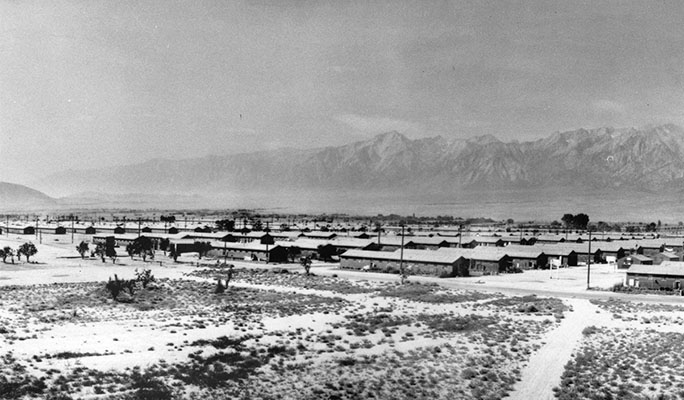
Manzanar
photo courtesy of Rich McCutchan
|

Japanese Americans
Abandon Homes and Businesses

|
|
|
|
|
|
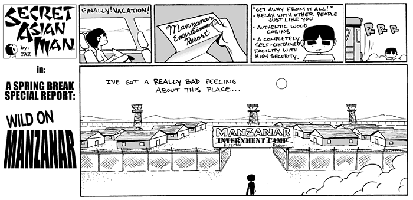 Secret Asian
Man Manzanar Cartoon by Tak Toyoshima
Secret Asian
Man Manzanar Cartoon by Tak Toyoshima
[copyright
Tak Toyoshima] |
|
|

1942 Burma Shave
Sign
This Burma Shave sign appeared in a rural farming area which
was made up largely of people of Japanese ancestry.
(Photos by Francis Stewart, Loomis, CA 11/10/1942)
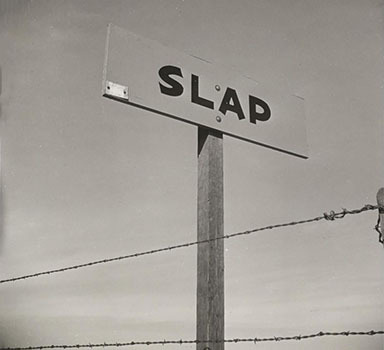 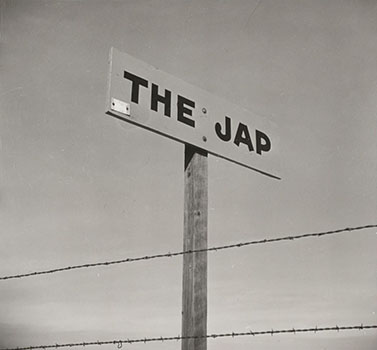 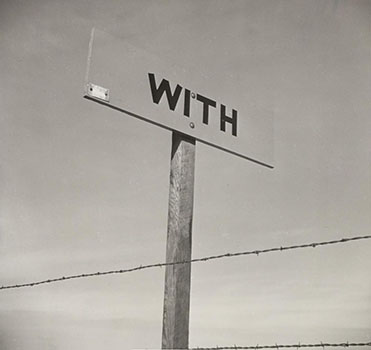 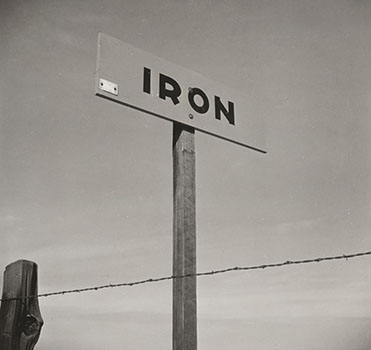 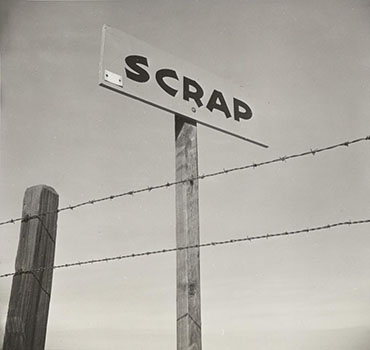

During the War
The Untold Story of Japanese Comfort Women
by Jimin Kim, Beverly Milner Bisland, Sunghee Shin |
|

Japanese Surrender - August 15, 1945
Aboard the U.S.S. Missouri Battleship in Tokyo Bay
Officially signed on September 2nd, 1945
|
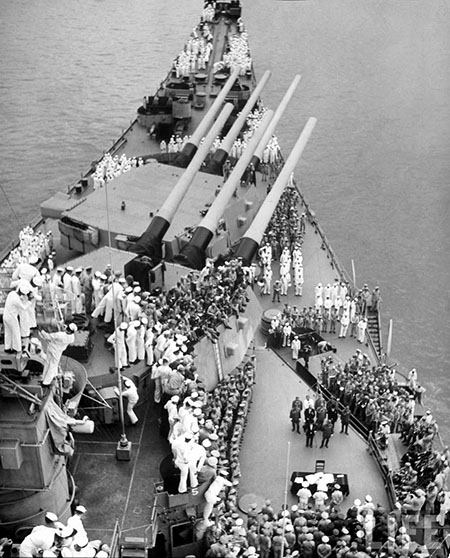 Surrender signing on the U.S.S. Missouri
Surrender signing on the U.S.S. Missouri |
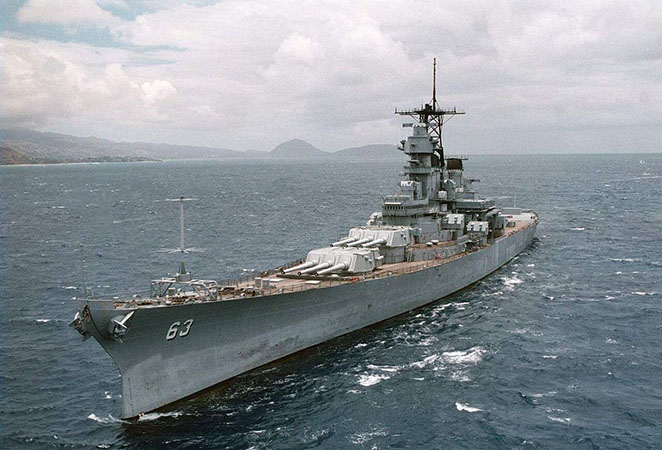
U.S.S. Missouri at sea |

After the War
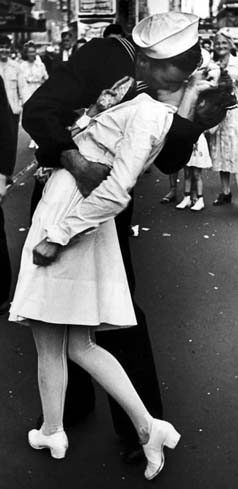
Alfred Eisenstaedt
VJ Day Photo |
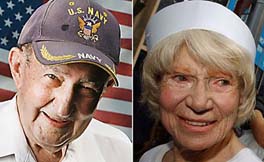
Glenn McDuffe and
Edith Shain (91)
Related Links: VJ Day Nurse, VJ Day GI |
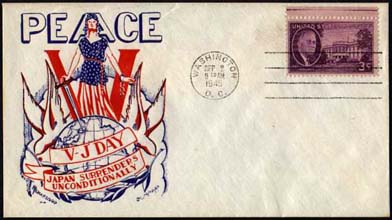 |

Tokyo War Crimes Trials
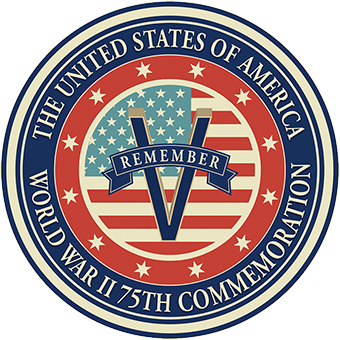
|
The National WWII Museum
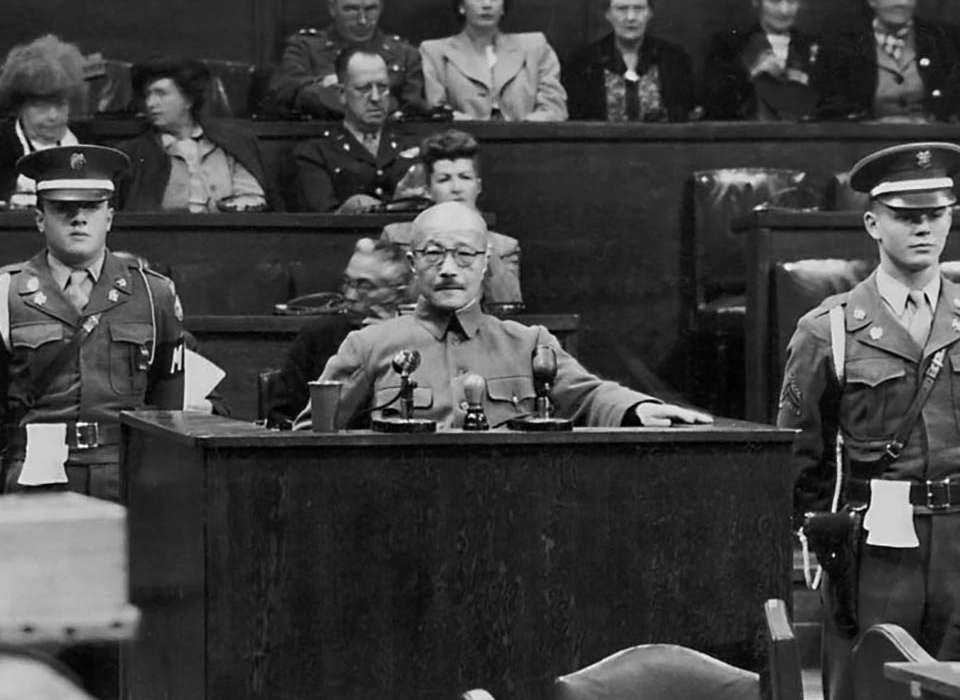
| List of Executions |
|
Life
Imprisonments |
- General Sadao Araki, war minister
- Colonel Kingor? Hashimoto, major instigator of the second Sino-Japanese War
- Field Marshal Shunroku Hata, war minister
- Baron Kiichir? Hiranuma, prime minister
- Naoki Hoshino, Chief Cabinet Secretary
- Okinori Kaya, Minister of Finance
- Marquis K?ichi Kido, Lord Keeper of the Privy Seal
- General Kuniaki Koiso, governor-general of Korea, later prime minister
- General Jir? Minami, commander, Kwantung Army, former governor-general of Korea
- Vice Admiral Takazumi Oka, naval minister
- Lieutenant General Hiroshi ?shima, Ambassador to Germany
- Lieutenant General Kenry? Sat?, chief of the Military Affairs Bureau
- Admiral Shigetar? Shimada, naval minister
- Toshio Shiratori, Ambassador to Italy
- Lieutenant General Teiichi Suzuki, president of the Cabinet Planning Board
- General Yoshijir? Umezu, war minister and Chief of the Army General Staff
- Foreign minister Shigenori T?g? was sentenced to 20 years' imprisonment. Togo died in prison in 1950.
- Foreign minister Mamoru Shigemitsu was sentenced to 7 years and paroled in 1950. He later served as Foreign Minister and as Deputy Prime Minister of post-war Japan under Prime Minister Ichiro Hatoyama.
|
|
| The American Experience |
| International Military Tribunal for the Far East |
Japanese Criminals Who Escaped
| Unit 731
|
The infamous Unit 731, authorized by Emperor Hiorhito himself, conducted vivisection without anesthesia, burned prisoners with flame throwers, tossed grenades at prisoners, and launched biological warfare against Chinese civilians. After the war the USA was quite interested in the records of these ‘experiments’, and in exchange allowed the top researchers to emigrate to California, where they had lucrative private practices. |
| Emperor Hirohito |
Just how did Emperor Hirohito get away with mass murder? |
|

Further
reading on Manzanar
Related Links
"Born
Free and Equal"
is once again available
through:
Spotted
Dog Press Inc.
2399 N. Sierra Highway
Bishop CA 93514
760-872-1524
|
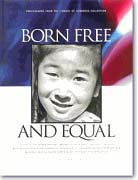
|

|